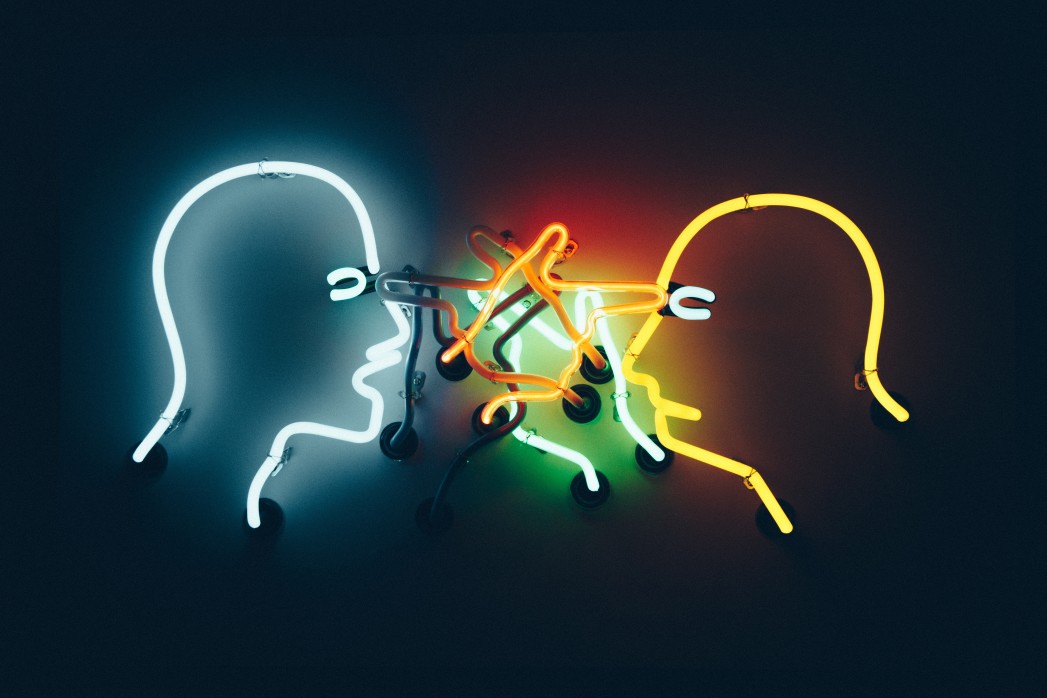For those of us living in any one of America’s large cities (New York, Washington, etc.), gentrification is likely a term we are familiar with. Over the last decade or so, these cities—many of which had become known for their high levels of poverty and crime—have experienced an influx of wealthy, educated residents. Economic development has followed, as dilapidated buildings are levelled and replaced by apartment complexes, restaurants, bars, and high-brow grocery stores.
In many ways, it is encouraging to see cities that were once mired in poverty begin to flourish and bustle with new life. But, there are also many critics of gentrification—and their concerns are far from baseless.
The primary critique of gentrification is that it is responsible for the displacement of communities who have lived in these neighborhoods for generations. At its worst, gentrification can be summed up as follows: the rich move in, the poor move out. The social fabric of neighborhoods can be shredded without a second thought. And while cities develop, suburbs and small towns become impoverished. In that way, it ends up being a zero-sum transaction. Development isn’t actually occurring—prosperity is merely being transferred from one place to another.
In light of these complexities, what should we think of gentrification? Is it a blessing or a plague? For my own generation (which is largely responsible for this phenomenon), this seems an especially important question to ponder.
As a starting place, Joe Cortright and Dillon Mahmoudi make a fundamental point in a report for City Observatory: “the persistence and spread of concentrated poverty—not gentrification—is our biggest urban challenge.” This isn’t a full out endorsement of gentrification, but it does put things in proper perspective. While some city neighborhoods are indeed gentrifying, far more prevalent, the authors argue, is the concentration of poverty in urban neighborhoods. “From 1970 to 2010, the number of poor people living in high-poverty urban neighborhoods has more than doubled from two million to four million, and the number of high-poverty neighborhoods has nearly tripled from 1,100 to 3,100.” Equally troubling is the persistence of poverty in these areas. Of the 1,100 high-poverty neighborhoods in 1970, 750 remained highly impoverished 40 years later.
The key issue here is the concentration of poverty in these areas. Cortright and Mahmoudi explain that:
While the experience of poverty is difficult and challenging in any place, it is made worse when a large fraction of one’s neighbors are also poor. […]
Much of our sense of well-being and opportunity is determined by the neighborhoods in which we live. The composition of neighborhoods influences the social environment, peers in school, public safety, the quality of public services, and the kinds of personal and professional networks available to residents.
This point is echoed by a study from Raj Chetty (et al.), which found that “areas that are more residentially segregated by race and income have lower levels of [socioeconomic] mobility.” The study found greater levels of mobility in communities with high social capital (meaning strong social networks and community involvement) and stable families.
[pq]Gentrification has the potential to dilute the concentration of poverty that has afflicted our cities.[/pq]
So, what do these findings mean for gentrification? As Jonathan Grabinsky and Stuart M. Butler of the Brookings Institution write: “Policies and regulations that insulate impoverished neighborhoods from gentrification could end up condemning these communities to yet another generation of deep poverty and segregation.” In other words, the flow of new social and financial capital into these poor neighborhoods is inherently positive. Economic development creates new jobs and opportunities for the poor. Public services (schools, parks, etc.) will receive better funding when wealthier people move into a neighborhood, improving life for everyone in the community. Desegregation—in terms of both income and race—is a fundamentally good thing with largely beneficial effects.
All this to say, gentrification has the potential to dilute the concentration of poverty that has afflicted inner city neighborhoods for decades. But, it must be done well, or else the concerns of its detractors will likely be realized.
There is a new apartment complex being built in the gentrifying neighborhood of H Street northeast in Washington, DC. Its slogan is: “A Haven on H.” (For reference, a haven can be defined as “a place of safety or refuge.”) This sentiment is a wonderful model of what gentrification should not be. The wealthy shouldn’t be moving to cities in order to live in barricaded oases. If they are to benefit the communities who have lived in these places for decades, they must be engaged with them.
In my view, this is the best way to ensure gentrification is beneficial to everyone, not just the newcomers. Wealthy individuals should become immersed in the neighborhoods that they are entering, instead of taking them over one quarantined development at a time. They ought to grow real friendships with neighbors who are different from them. It might be uncomfortable, but it will do a lot of good for both parties involved.
Also, gentrifiers should intentionally invest in local schools, parks, and other public services. This is a form of redistribution, but it is a humane one. These services can help foster rich community, and they improve the surroundings of poor individuals—which, as Chetty, Cortright, and Mahmoudi argue, is vital to breaking the cycle of poverty.
Finally, in the short-term, protecting access to affordable housing should be a serious priority. As neighborhoods develop, poorer residents shouldn’t be immediately priced out of them. Long-term, the hope is that those individuals will begin to flourish along with the rest of the community—no longer requiring artificially cheap housing. In the meantime, luxury condos should coexist with more affordable options.
A prerequisite for each of these features of “good gentrification” is sober sensibility. When wealthy individuals move into these neighborhoods, they must be cognizant and respectful of the people who already live there. They are not inhabiting new lands where they can simply live as they please. They are entering into existing communities, full of tradition and culture, that deserve their attention and thoughtful consideration.
So, will gentrification be a good thing for America? As is often the case with such questions, I suppose it depends. Justin Davidson, writing for New York Magazine, offers a hopeful vision of what gentrification could look like:
There’s the fast-moving, invasive variety [of gentrification] nourished by ever-rising prices per square foot; then there’s a more natural, humane kind that takes decades to mature and lives on a diet of optimism and local pride. […] Gentrification doesn’t need to be something that one group inflicts on another; often it’s the result of aspirations everybody shares. […]
Gentrification can nudge a neighborhood up the slope; decline can roll it off a cliff. Somewhere along that trajectory of change is a sweet spot, a mixed and humming street that is not quite settled or sanitized, where Old Guard and new arrivals coexist in equilibrium. The game is to make it last.



